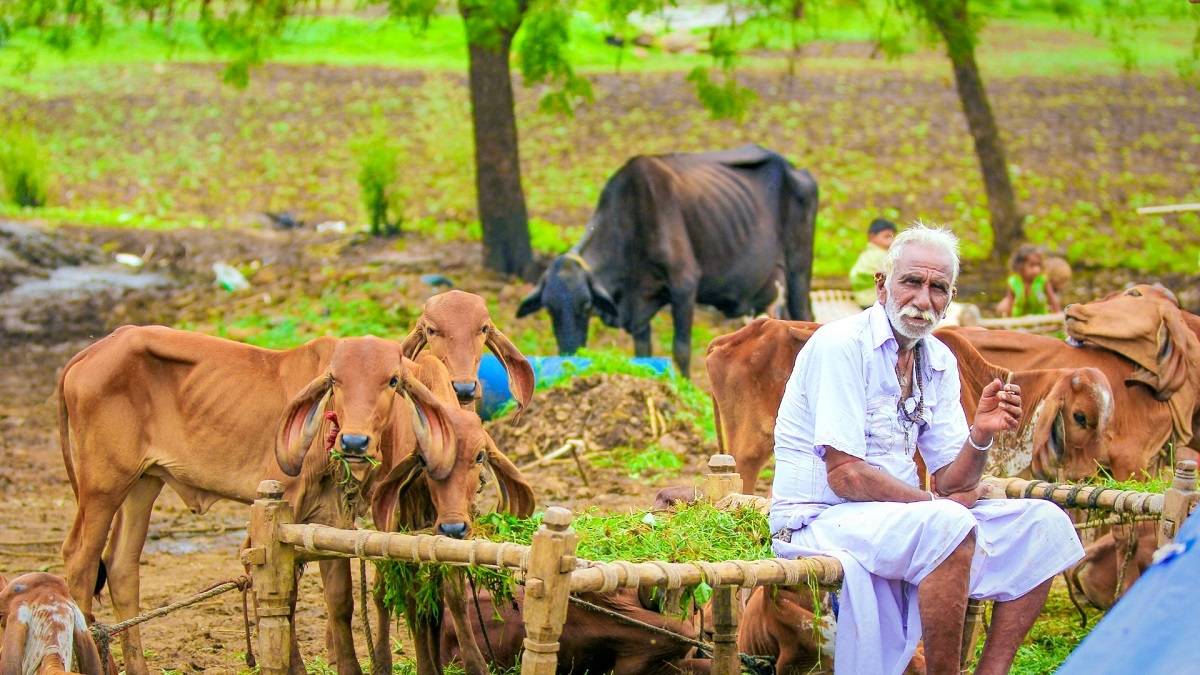
A zero-grazing system seeks to increase milk production with few cattles to increase overall livestock production. Hence this is why zero-grazing often uses high-yielding cattle breeds. This approach works well in locations where a farmer owns a small area of land.
Reason Behind Adoption of Zero Grazing farming:
-
For animals, pasture is neither ideal nor simple to get.
-
To use dispersed or remote land
-
To lower the price of feeding housed cattle.
-
Growing herd numbers due to inadequate grazing infrastructure
-
To increase the use of grasslands.
Advantages of Zero Graze Farming:
The following reasons make zero-grazing a viable option for adaptation:
-
More cattle may be kept on a given amount of land. High-producing fodder crops including elephant grass, giant Setaria, Guatemala, and lab are grown to achieve this.
-
You can use feed from places that are not suitable for grazing, including the sides of highways and steep hillsides.
-
The risk of illnesses and heat stress from the environment is reduced for the cattle.
-
The cows preserve the energy that is often lost while moving around while grazing and use it to produce more milk and meat.
-
It is simple to gather the manure.
Noteworthy points
Zero grazing requires a lot of work. For the cow sin the shed, proper feed and water must be given. However, since you don't have to herd the cows, you can save time.
You need money for building fodder facilities, buying premium cows, equipment, and construction.
Planning is essential, so you must make sure there is always adequate food available.
Feeding Guide:
Flexibility and grassland management: It is essential when putting a zero-grazing system into place since the cows must have access to sufficient amount of fresh grass, thus organization and planning ahead are necessary! Cutting the grass at least twice a day is recommended to keep it fresh and minimize spoiling (heating of the cut grass can lead to reduced intake and animal performance).
Quality: Equal to traditionally grazed grass. Harvesting should take place at a cover of 3,200 to 3,500 kg DM/ha, which is slightly higher than grazing cover and can guarantee quality and production.
Space: Ensuring cows have ample space and repeating cow signals encourages intake and performance. Keep an eye on waste rates to make sure intakes are maximized. Every day, the rejected food must be removed (this will decompose rapidly). Less than 5% of waste should be the target for zero grazing units.
Silage: Swards that have more grazing cover than necessary should be removed from the rotation and utilized for silage.
Quality Check:
Animal health and performance must be monitored often to be maximized. NIR analysis may be used to assess the quality of the grass and will show any rational changes that may be necessary.
How to manage dairy cattle with Zero grazing
-
Grow elephant grass or giant setaria to create a fodder bank, and these should be supplemented with legumes like lablab. For every cow, plant at least one acre of fodder.
-
Build a zero-grazing unit with stalls, a walking path, feed and water troughs, a roof, and a milking station.
-
Choose the best cow that will be lucrative under these circumstances using the farm's resources. A Friesian is appropriate in this situation.
-
Give the cow the proper feeds in the proper quantities, such as a blend of grass and legumes with a 3 to 1 grass to legumes ratio. Cows producing more than 8 liters of milk should get supplemental nutrition, such as concentrates.
Important Points
-
Disease and parasite control to reduce fatalities and other financial losses
-
Milking technique and hygiene
-
Suitable breeding techniques, such as artificial insemination
-
To help in planning and decision-making, keep records of production, health, sales, and purchases.
-
Make careful to maintain the environment for sustainable manufacturing
-
Rearing healthy calves for replacement stock.











